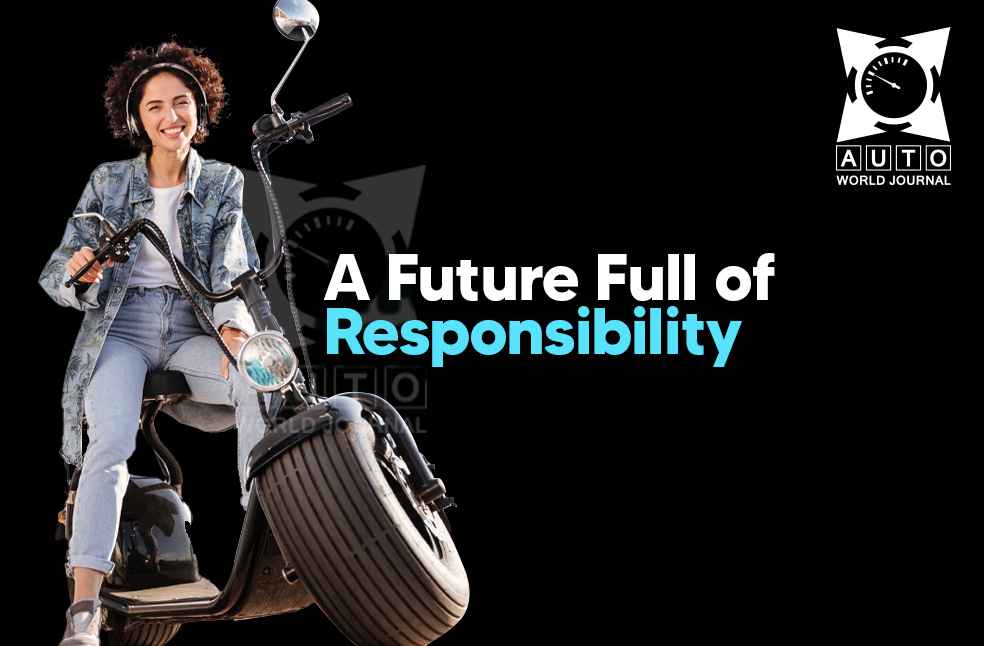Electric vehicles were designed to reduce carbon emissions and are gaining traction due to their environmental and financial benefits. But growing evidence supports scientists’ concerns that issues like lithium mining pollution are seriously harming the planet.
Lithium is mainly mined for making rechargeable lithium-ion batteries, which power everything from electric vehicles (EVs) to smartphones, laptops, and medical devices. Interestingly, lithium is also used in energy storage systems that store electricity from solar and wind power.
While lithium has smaller industrial uses in glass, ceramics, lubricants, and air-conditioning systems, the global demand is largely driven by the battery industry, especially due to the rapid growth of electric mobility and clean energy technologies.
It’s Not Just Lithium Mining Pollution
Lithium mining pollution isn’t the only concern. The mining of cobalt and nickel, two metallic elements essential for increasing the energy density, stability, safety, and lifespan of rechargeable lithium-ion batteries is also causing significant environmental damage.
Beyond batteries, nickel is widely used in stainless steel production, industrial alloys, and electronics. Cobalt is mainly used in aerospace alloys, medical implants, and ceramic products. However, it is the rapid growth of lithium-ion battery demand that is driving the steep rise in global cobalt and nickel mining.
Lithium: Countries Involved

Let’s focus on lithium, a critical element in the world of rechargeable batteries. As global demand continues to surge, the environmental and social consequences are becoming increasingly significant for the countries that mine it.
Currently, Australia, Chile, and China lead global lithium production. Australia dominates hard-rock mining, Chile extracts lithium from vast salt flats, and China controls much of the world’s refining and supply chain.
Argentina and Brazil are rapidly expanding operations in South America’s Lithium Triangle, while Zimbabwe has emerged as Africa’s top lithium producer. The United States and Canada are investing heavily in domestic mining to reduce import dependence and strengthen energy security. Meanwhile, Bolivia holds the world’s largest known lithium reserves, though large-scale production is yet to begin.
As the clean energy transition accelerates, these countries have become key forces in powering the electric vehicle revolution and building a sustainable battery future. However, if they fail to lead in addressing the severe environmental impact of lithium mining pollution, the consequences could extend far beyond their borders. New evidence from Chile highlights the growing urgency of this global challenge.
What Is Chile Trying to Tell Us?
Images of environmental damage caused by lithium mining in Chile are going viral on social media. Once rich and water-abundant landscapes are now dry and cracked, showing the heavy toll of extraction. According to biologist Fabiola González, the Salar de Atacama, Chile’s main lithium production site, was just a decade ago home to vast salt flats, wetlands, lakes, and around 185 species of birds.
To extract a single tonne of lithium, around 2.27 million litres of water are needed. This massive water use has severely impacted freshwater sources in the region. Lake levels have dropped sharply, flamingo reproduction has declined dangerously, and the disruption of vital microorganisms in the water is threatening the entire food chain. González warns that this ecological breakdown is a direct result of lithium mining’s heavy water consumption.

In a 2022 report submitted to the Natural Resources Defense Council (NRDC), James J. A. Blair, Assistant Professor at California State Polytechnic University, also warned that lithium mining could lead to major environmental challenges, especially in water-scarce regions, by further reducing access to clean water.
Despite these warnings, Chile’s state mining company Codelco has signed a deal with private operator SQM to extract 2.5 million metric tons of lithium, with production planned to increase through 2060.
According to the International Energy Agency (IEA), global lithium demand was around 95,000 tonnes in 2021, more than doubling to 205,000 tonnes by 2024. Projections suggest it could exceed 900,000 tonnes by 2040. With numbers this clear, it’s hard to ignore the scale of the environmental and social consequences the world may face.
Other 5 Major Challenges
- Battery Waste and Poor Recycling Capacity: Used EV batteries pose serious disposal challenges. Without efficient recycling systems, toxic chemicals and heavy metals can leak into the environment. The global infrastructure for battery recycling remains limited, leading to material loss and long-term environmental harm.
- High Carbon Footprint of Manufacturing: While EVs produce no tailpipe emissions, the production of their batteries is highly carbon-intensive. Mining, refining, and manufacturing processes generate substantial CO₂, offsetting part of the vehicles’ environmental advantage.
- Excessive Water Usage in Extraction: Mining lithium and other minerals consumes millions of litres of water, often in arid and ecologically sensitive regions. This intensifies water scarcity and disrupts local ecosystems.
- Energy Grid Pressure: Widespread EV adoption increases demand on national power grids. In areas still dependent on fossil fuels, this can strain existing infrastructure and reduce the overall environmental benefits of EVs.
- Overdependence on Critical Minerals: EV production relies heavily on a small set of minerals—lithium, cobalt, nickel, and graphite—mostly sourced from a few countries. This overconcentration raises the risk of supply chain disruptions and geopolitical instability.
Even as we face ongoing challenges related to mining, battery waste, and accessibility, battery-powered vehicles remain the most energy-efficient and least harmful transportation solution currently available to humanity.
Lithium mining area in Chile’s Atacama Desert is visible from space pic.twitter.com/lbbul2vFKn
— sen (@sen) July 10, 2025
Why Battery Vehicles Are Better
- Zero Tailpipe Emissions: EVs don’t emit CO₂, nitrogen oxides (NOₓ), or particulate matter (PM) from their exhaust. This significantly improves air quality and reduces respiratory health risks, especially in densely populated urban areas.
- Lower Lifetime Emissions: Even when accounting for emissions from mining and manufacturing, electric vehicles produce less CO₂ over their lifetime than fossil fuel cars—particularly when charged using renewable energy sources.
- Higher Energy Efficiency: Electric motors convert approximately 85–90% of the battery’s energy into movement. In contrast, petrol engines only convert about 20–30% of fuel energy, with the rest lost as heat.
- Compatibility with Renewable Energy: EVs can be powered by solar, wind, or hydroelectric sources, making them increasingly sustainable as global energy systems transition to renewables.
- Less Noise Pollution: EVs operate more quietly than internal combustion engine vehicles, reducing urban noise levels and minimising disruption to both people and noise-sensitive wildlife such as bats and amphibians.
A Future Full of Responsibility

While lithium batteries continue to play a vital role in driving clean mobility and energy storage, the growing environmental and social costs of their production can no longer be overlooked. The shift to electric vehicles should not come at the expense of fragile ecosystems, water resources, and local communities.
Now is the time for governments, industries, scientists, and consumers to act together — not only to scale cleaner technologies but also to regulate mining practices, invest in recycling infrastructure, and explore sustainable alternatives.
The EV revolution must be matched with an equally strong commitment to environmental responsibility. Because a truly green future isn’t just about what’s under the hood — it’s about how we power the journey there.
OBSERVATION | Automotive Waste: Challenges and Sustainable Solutions





